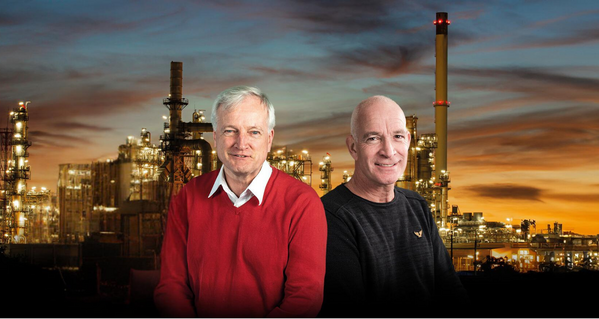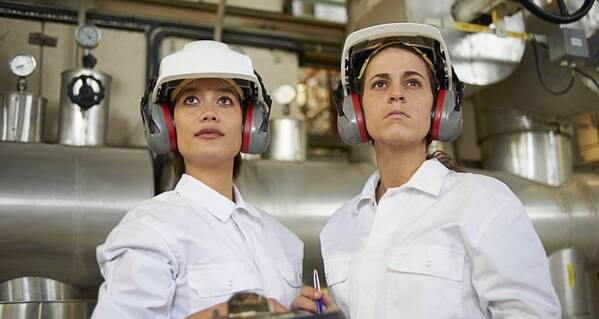

“Cracking” or “steam cracking” is a collective term for various chemical processes in which petroleum products are processed. In steam cracking, the feedstock is mixed with hot steam and heated in a furnace to between 800–1,100 °C. Within milliseconds, the molecules are “cracked.” Rapid cooling stops the reaction, after which the gas is compressed and converted into valuable products through purification and separation. Regular decoking is required to remove coke deposits. Steam crackers form the beating heart of the chemical industry. They convert larger hydrocarbons, such as ethane or naphtha, into basic chemicals like ethylene and propylene – the building blocks for countless products, ranging from plastics to pharmaceuticals. The process is complex, polluting and energy-intensive, and places heavy demands on the components used, including valves.
Valve Applications
Valves play a key role in every stage of the process:
-
Feedstock and steam control: Multiple control valves ensure precise and stable supply.
-
Fuel supply: Fast-acting valves with redundancy guarantee safety.
-
Transfer and decoking lines: Gate valves with a through-conduit design prevent backflow and coke build-up.
-
Other systems: Valves for boiler feedwater, acid gas absorbers, dryers, distillation and steam venting, plus line blinds and interlocks for maintenance safety.
Decarbonisation: Electrification as a Breakthrough
Traditionally, steam crackers are heated with fossil fuels, emitting large amounts of CO?. BASF, SABIC and Linde therefore developed the first large-scale demonstration unit for electrically heated steam crackers (eFurnace), which was inaugurated in April 2024 in Ludwigshafen. The goal: to reduce CO? emissions by at least 90% compared with conventional technologies, including Scope 1, 2 and relevant Scope 3 emissions.
Two concepts are being tested in the eFurnace:
-
Direct heating: Electrical current directly to the process pipes.
-
Indirect heating: Radiant heat from electrical elements around the pipes.
The project runs on renewable energy from wind, solar and hydropower, supported by the German Federal Ministry for Economic Affairs and Climate Action (€14.8 million) and the European NextGenerationEU programme.
First Step Towards the Electric Cracker
Electrification is also progressing in the Netherlands. At the Energy Transition Campus Amsterdam, a consortium of Shell, Dow, TNO and ISPT inaugurated an experimental electric cracking furnace in June 2024. This unit, made possible by a €3.5 million subsidy from the Dutch government’s MOOI programme (Mission-driven Research, Development and Innovation), is expected to provide crucial data for building a multi-megawatt pilot plant in 2025.
The project explores two pathways: electrifying existing steam crackers and designing fully electric installations from scratch. This involves numerous technological challenges, such as ultra-fast heating and cooling of the reaction mixture, ensuring temperature uniformity, and compensating for the energy normally supplied by the combustion of residual gases.
The Verbund Concept for Efficiency
BASF’s “Verbund” sites intelligently link factories, energy flows and logistics. By-products from one process serve as feedstock for another, and residual heat is reused. This minimises energy consumption, emissions and costs.
Valves Remain Indispensable
Innovations such as the eFurnace and experimental e-cracking units are paving the way for a climate-neutral chemical industry. But regardless of the energy source, one thing remains certain: high-quality valves are essential for the safety, reliability and efficiency of steam crackers.
Sources
https://valve-world.net/valves-essential-for-safe-reliable-and-efficient-steam-cracking/
https://www.basf.com/nl/nl/who-we-are/change-for-climate/a-green-engine-for-chemistry
https://www.vnci.nl/chemie-magazine/actueel/artikel/eerste-stap-richting-elektrische-kraker


